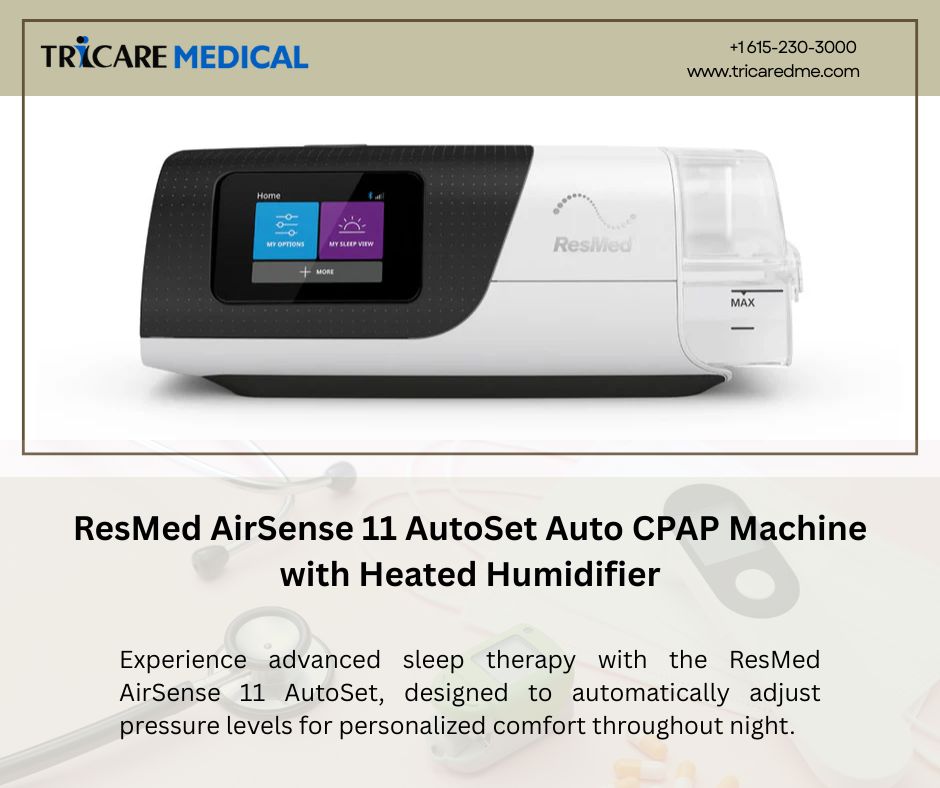Understanding the Benefits of Humidification in Respiratory Care for Children
- 2 min reading time
This blog post explores the benefits of humidification in respiratory care for children. Humidification can help to reduce airway inflammation, ease breathing difficulties, and prevent complications.
Respiratory illnesses such as asthma, bronchitis, and pneumonia can cause significant discomfort for children and can lead to more serious complications if not treated properly. Humidification is a technique that can help to alleviate respiratory symptoms in children by increasing the moisture content of the air they breathe. In this blog post, we will explore the benefits of humidification in respiratory care for children and how it can help to promote optimal respiratory health.

First, let's define what humidification is. Humidification is the process of adding moisture to the air. When we breathe, our nose and throat naturally warm and humidify the air we inhale, making it easier for our lungs to extract oxygen. However, when the air is dry, either due to environmental factors or certain medical conditions, this natural humidification process can be compromised, leading to respiratory discomfort and inflammation.
Humidification can be achieved through various methods, including passive humidification, heated humidification, and ultrasonic humidification.
- Passive humidification involves the use of devices such as a humidifier or vaporizer, which releases moisture into the air without heating it.
- Heated humidification, on the other hand, uses a heated chamber to warm the water and release it as a mist,
- Ultrasonic humidification uses high-frequency vibrations to break up water particles into a fine mist.
Benefits of humidification in respiratory care for children
- Firstly, humidification can help to reduce airway inflammation, which can occur in respiratory conditions such as asthma and bronchitis. When the air is too dry, the respiratory tract can become irritated and inflamed, leading to coughing, wheezing, and difficulty breathing. By adding moisture to the air, humidification can help to soothe the airway and reduce inflammation, making it easier for the child to breathe.
- Secondly, humidification can help to ease breathing difficulties, particularly in children with respiratory conditions such as cystic fibrosis. When the air is too dry, the mucus in the lungs can become thick and difficult to clear, leading to coughing and wheezing. Humidification can help to thin the mucus, making it easier for the child to cough it up and breathe more comfortably.
- Thirdly, humidification can help to prevent complications in children with respiratory illnesses. For example, in children with croup, which is a viral infection that causes inflammation in the airways, humidification can help to reduce the severity of the symptoms and prevent the need for hospitalization. Similarly, in children with pneumonia, humidification can help to prevent the spread of the infection by keeping the mucus membranes moist and healthy.
In summary, humidification is an important technique in respiratory care for children, and can offer a range of benefits for children with respiratory illnesses. By adding moisture to the air, humidification can help to reduce airway inflammation, ease breathing difficulties, and prevent complications. If you are considering using humidification as part of your child's respiratory therapy, be sure to consult with your healthcare provider to determine the best approach and to ensure optimal safety and efficacy.



